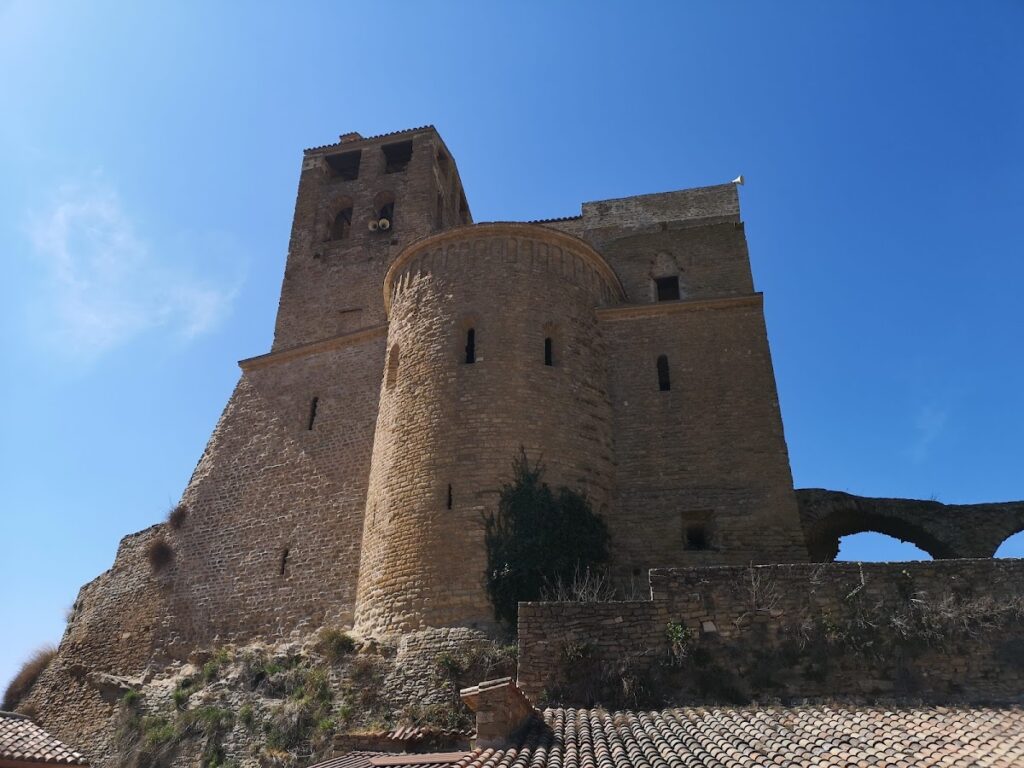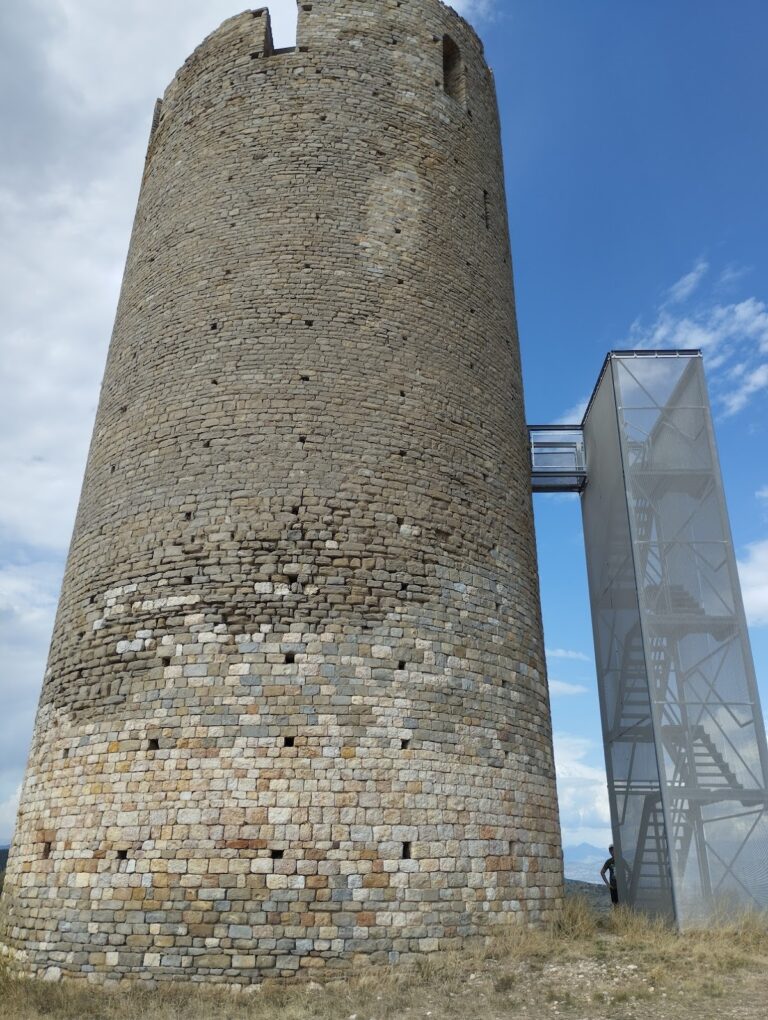Castell d’Àger: A Medieval Fortress in Spain
Visitor Information
Google Rating: 4.2
Popularity: Very Low
Google Maps: View on Google Maps
Country: Spain
Civilization: Unclassified
Remains: Military
History
Castell d’Àger is a medieval fortress located in the municipality of Àger, in present-day Spain. The castle’s origins tie strongly to the transformations of the early 11th century when Arnau Mir de Tost reconquered and developed the site during the Christian expansion into previously Muslim-controlled territories.
The earliest historical records date back to 1034, documenting Arnau Mir de Tost’s control over the castle and the surrounding valley. This fortress formed part of the frontier between Christian and Muslim realms during the Reconquista. Although Muslim forces briefly retook the site in 1046, Arnau Mir regained it definitively in 1048, solidifying its importance as a military and political center. From then on, the castle became Arnau Mir’s favored residence and base of power, enabling him to exercise nearly autonomous jurisdiction granted by the regional count over this border territory.
Throughout the mid-11th century, the castle is referenced in official documents—in 1038, 1042, 1060, and 1068—that describe its territorial limits and the transfer of lands connected to it. By 1061, a “camera,” or noble hall, within the castle is mentioned, confirming its use as a residential space as well as a fortress. In 1068, Arnau Mir and his wife, Arsenda, transferred ownership of the castle to the abbey of Sant Pere d’Àger. Although the abbey became the legal owner, the Cabrera family—descendants of Arnau Mir—continued to hold the castle as feudal lords, which led to conflicts over control in later centuries.
There are suggestions that the castle’s site may have earlier Muslim origins. The chronicle of al-‘Udhrï mentions a fortress named “Ayira,” connected to caliphal frontier defenses, which could be linked to this location. The medieval castle was built upon remains of an older fortification from the 9th century, reflecting this earlier period of Muslim occupation, although no direct evidence of Roman foundations exists.
During the 17th century, the castle witnessed renewed military significance in the context of the Catalan Revolt (1640–1652). It was the site of several sieges and exchanged hands multiple times. After intense fighting and prolonged sieges, control of Castell d’Àger finally passed firmly into the hands of Spanish royal forces in 1652, marking the end of its role as a contested stronghold.
Remains
The surviving structures of Castell d’Àger reveal a large, rectangular building dating from the mid-11th century. This building consists of two long, parallel naves—essentially large, covered halls—each about 3 meters wide and more than 16 meters long, with a height exceeding 5 meters. These halls likely featured a continuous barrel vault, a type of curved stone roof, characteristic of medieval construction. The floors of these naves lie below the level of the adjacent church, indicating a multilevel building complex.
The walls of the castle were built using medium-sized, elongated rectangular ashlar blocks, measuring approximately 15 by 30 centimeters, arranged carefully in regular courses. These stones showcase the refined masonry techniques of the period and correspond with dating to the 11th century.
On the eastern edge of the naves runs the defensive wall forming part of the castle’s sovereign enclosure, which protected the hilltop. Alongside these fortifications were religious buildings connected to the abbey of Sant Pere, including the canonry, revealing the complex’s dual role as both fortress and religious center.
A notable discovery within the castle complex is the base of a large watchtower commissioned by Arnau Mir de Tost. This circular tower, about 18 meters in diameter with walls two meters thick, is estimated to have stood more than 20 meters high, making it one of the largest military towers in Catalonia. Its strategic purpose was to coordinate defense across the region, linking with other towers such as Claramunt, Fontdepou, Torre de Sanuy, and Torre del Negre. The presence of this watchtower highlights the castle’s role in regional surveillance and military communication.
Adjacent to the cloister area are remains believed to belong to earlier fortification works predating the main castle-palace building. These vestiges hint at a layered history of construction and reuse on the site, reflecting its continuous occupation and adaptation over time.
Together, these architectural elements reveal Castell d’Àger as a formidable military bastion combined with residential and religious functions, with well-preserved mid-11th-century masonry and monumental defensive features. The castle stands on the foundations of a 9th-century Muslim wall, illustrating the site’s long-term strategic importance from the early medieval period onwards.










